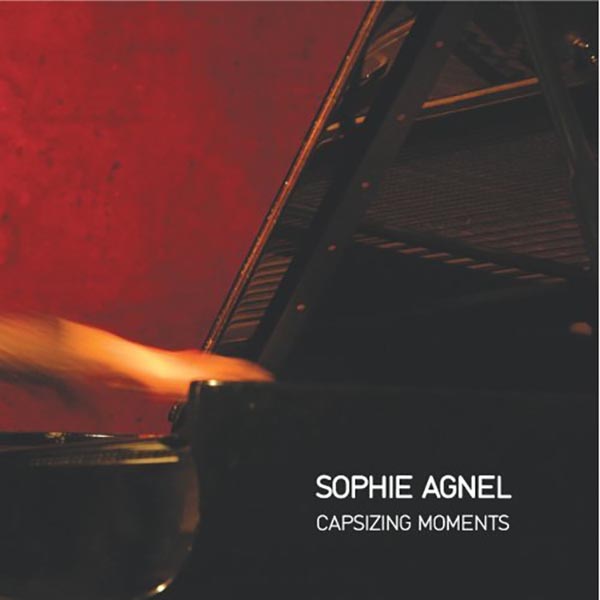
by Tim Owen
October 26, 2009
/ ALBUM
Agnel plays the piano inside and out as if that's exactly what its makers had in mind all along. The effect on the listener is galvanizing
It would be a mistake to speak of Sophie Agnel’s ?inside’ piano playing as an extension of the usual pianist’s technique; she approaches the piano as an instrument entire rather than as a mere keyboard. She plays with preparations that are “neither static nor fixed”, and improvises not as a demonstration of the sounds that can be wrought from the piano as an extension of ?classical’ techniques but by exploiting all of the piano’s material possibilities as a musical instrument.
I have been drawn to other prepared piano music in the past, from the compositions of John Cage to the likes (and precious few of them) of Keith Tippet. But Agnel seems to me to take it one step further, and it no longer seems appropriate to resort to talk of ?extended technique’. She plays the piano inside and out as if that’s exactly what its makers had in mind all along, and I can’t think of another player I would say that about.
Capsizing Moments is a live recording in three parts 1-3, each part being around 20 minutes long. Part 1 is stormy and agitated, the piano sounding as if wracked by seismic vibrations. We can hear the music stand (I assume) rattling against the body of the piano as the whole thing thrums. As the movement dies away sustained scraping of the piano wires sets up a wash of metallic vibration akin in sonority to a free-jazz drummer’s cymbal scraping but with the sound’s complexities amplified.
The unholy shrieking that opens Part 2 is a prelude to a remarkable, haltingly rhythmic sequence of percussive rippling, which is increasingly interrupted by rude clusters and explosive key strikes. After an abrupt silence a similar though initially calmer sequence is enacted on the piano’s innards.
Part 3 is the most impressionistic/abstract, with Agnel remarkably keeping up a steady stream of keyboard rumble alongside a complementary tide of tensile piano wire agitation in addition to a constant high-end tone that I’ve no idea how it was produced. It’s thrilling stuff, and the listener can easily imagine how riveting this performance would have been to witness. At the mid-point everything gives way to a sustained tiny bell-like ringing, which in turn gives way to a sound like a bowed cymbal, punctuated by tentative single-key hits. These strands merge into a passage in which the piano wires are rubbed to produce both a woody, resinous creaking and a higher-pitched metallic scraping. The piece ultimately winds down with a gradual release of tension, the piano itself seeming to slip into an exhausted, breath-wracked slumber.
This music is not about precision as much as it is about exploiting a piano’s full textural potential, but the dynamic range of the performance is extraordinary, Agnel’s development of a ?narrative’ coherent, and the effect on the listener utterly galvanizing.
blog comments powered by Disqus